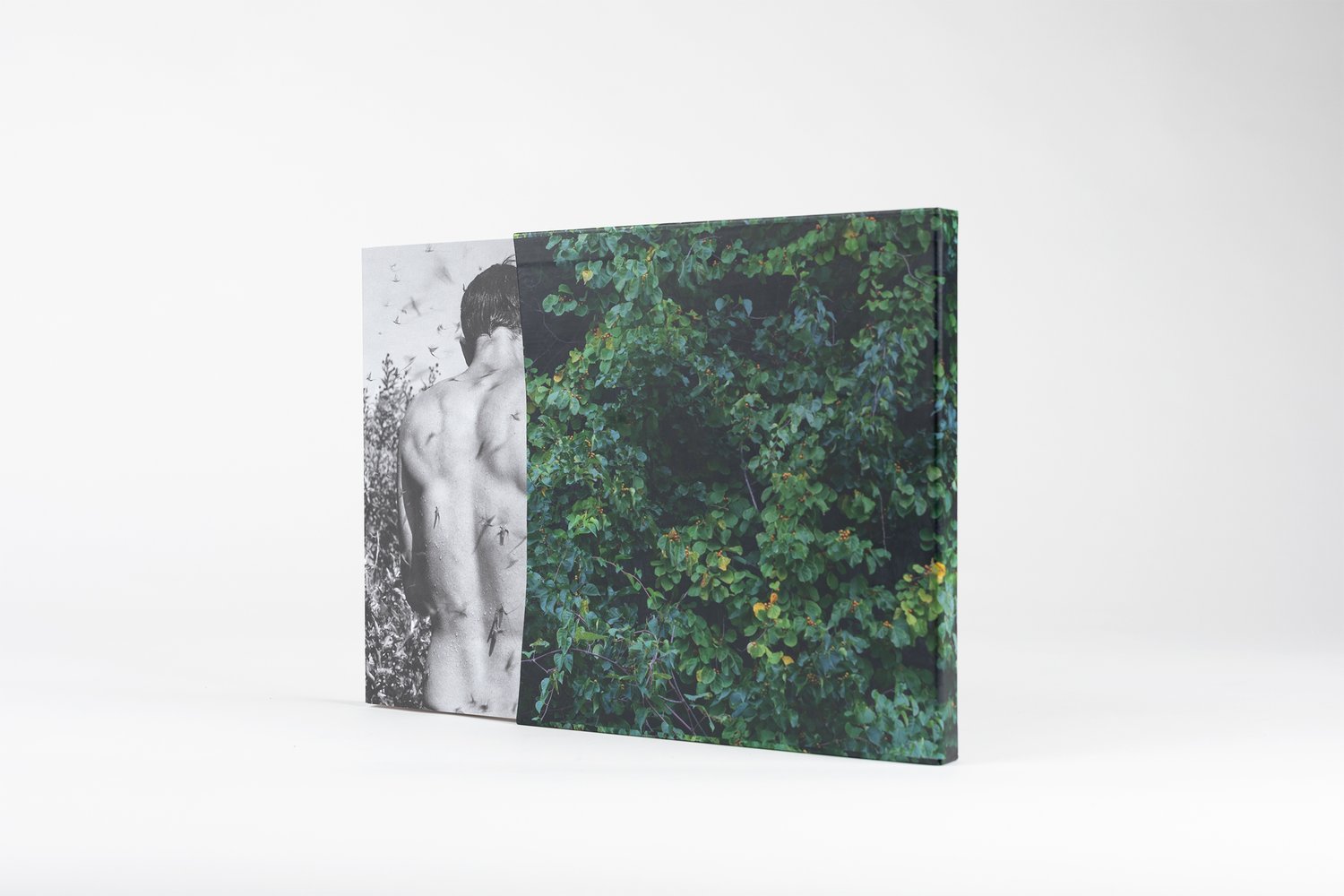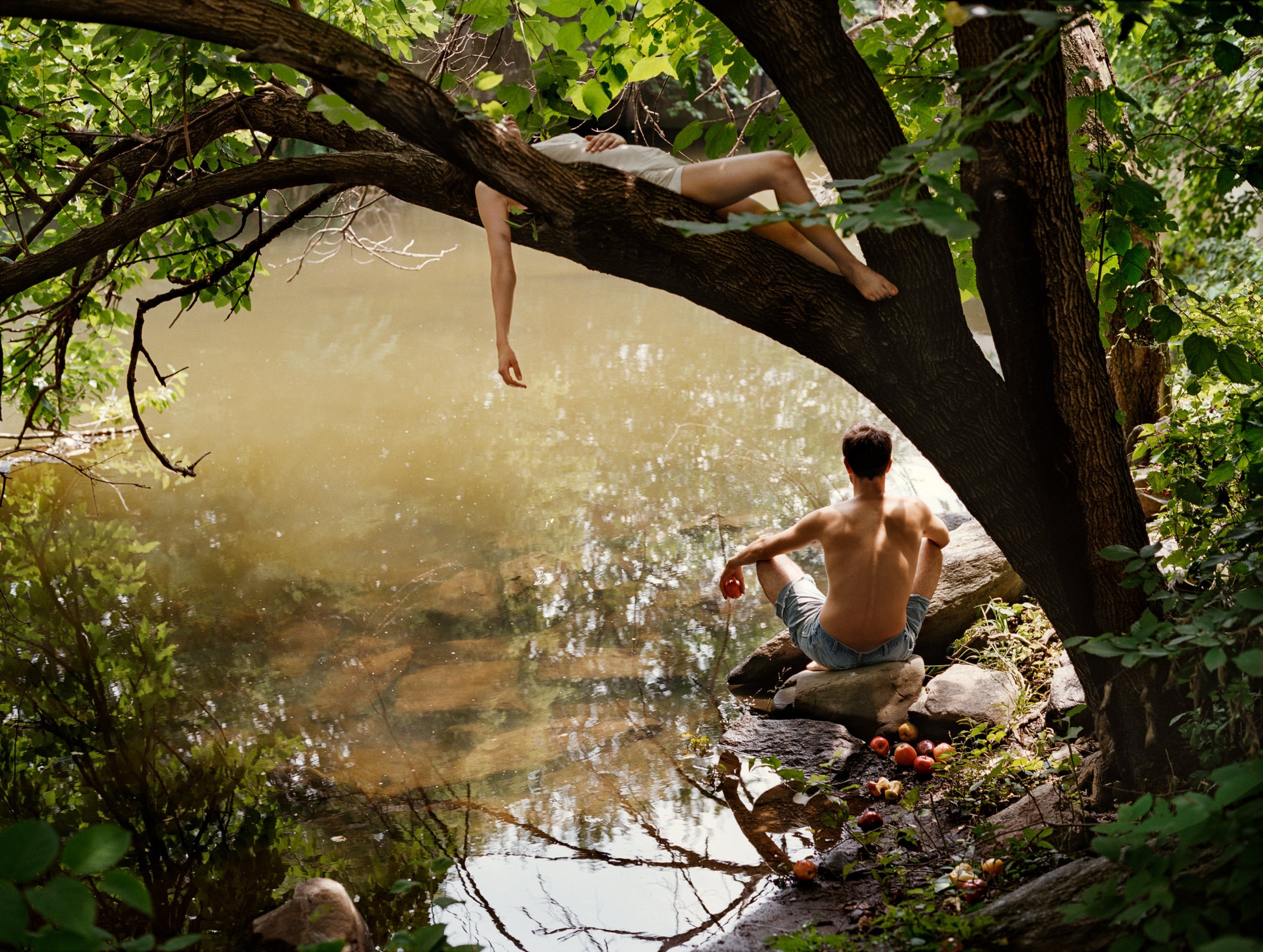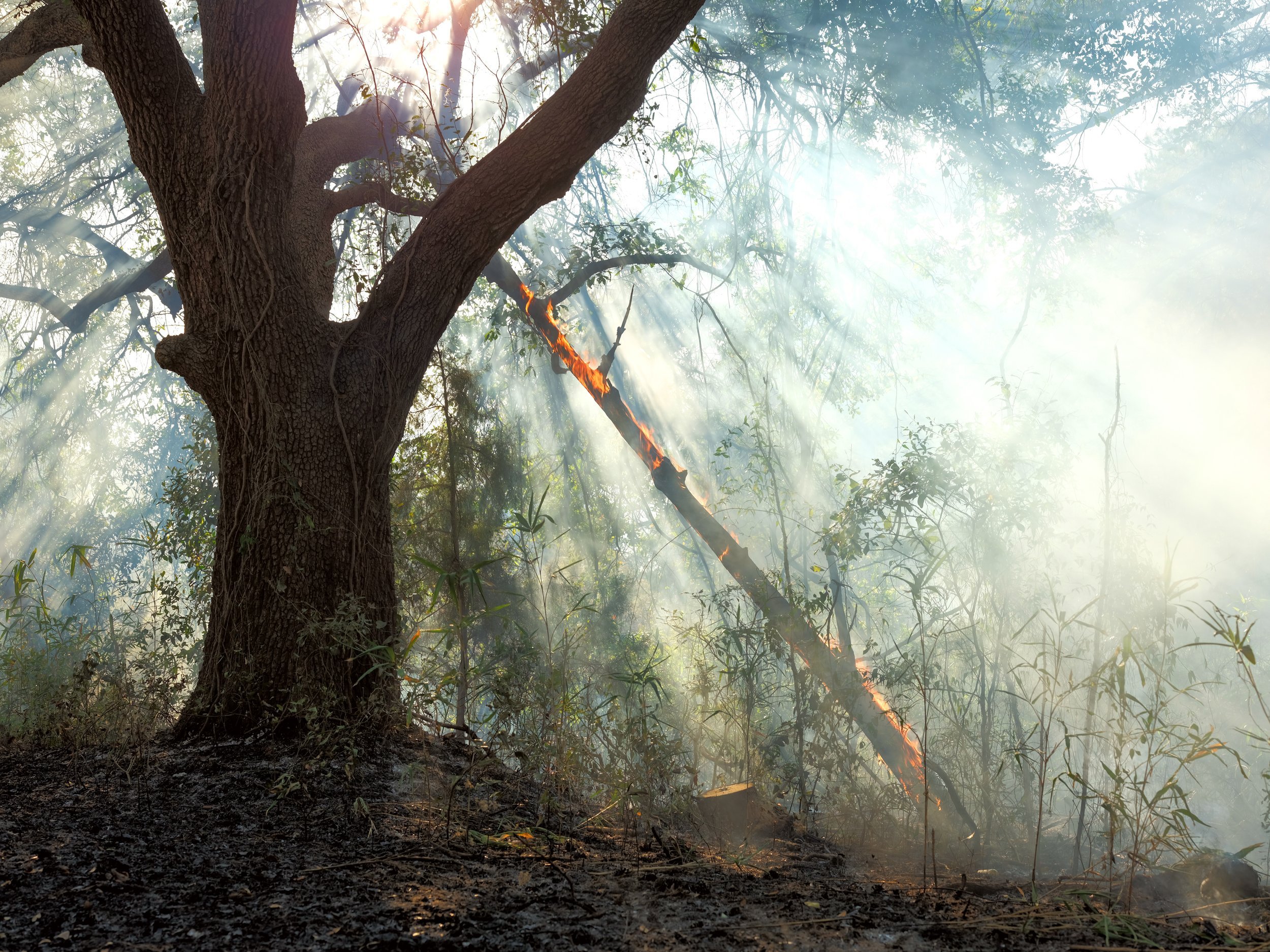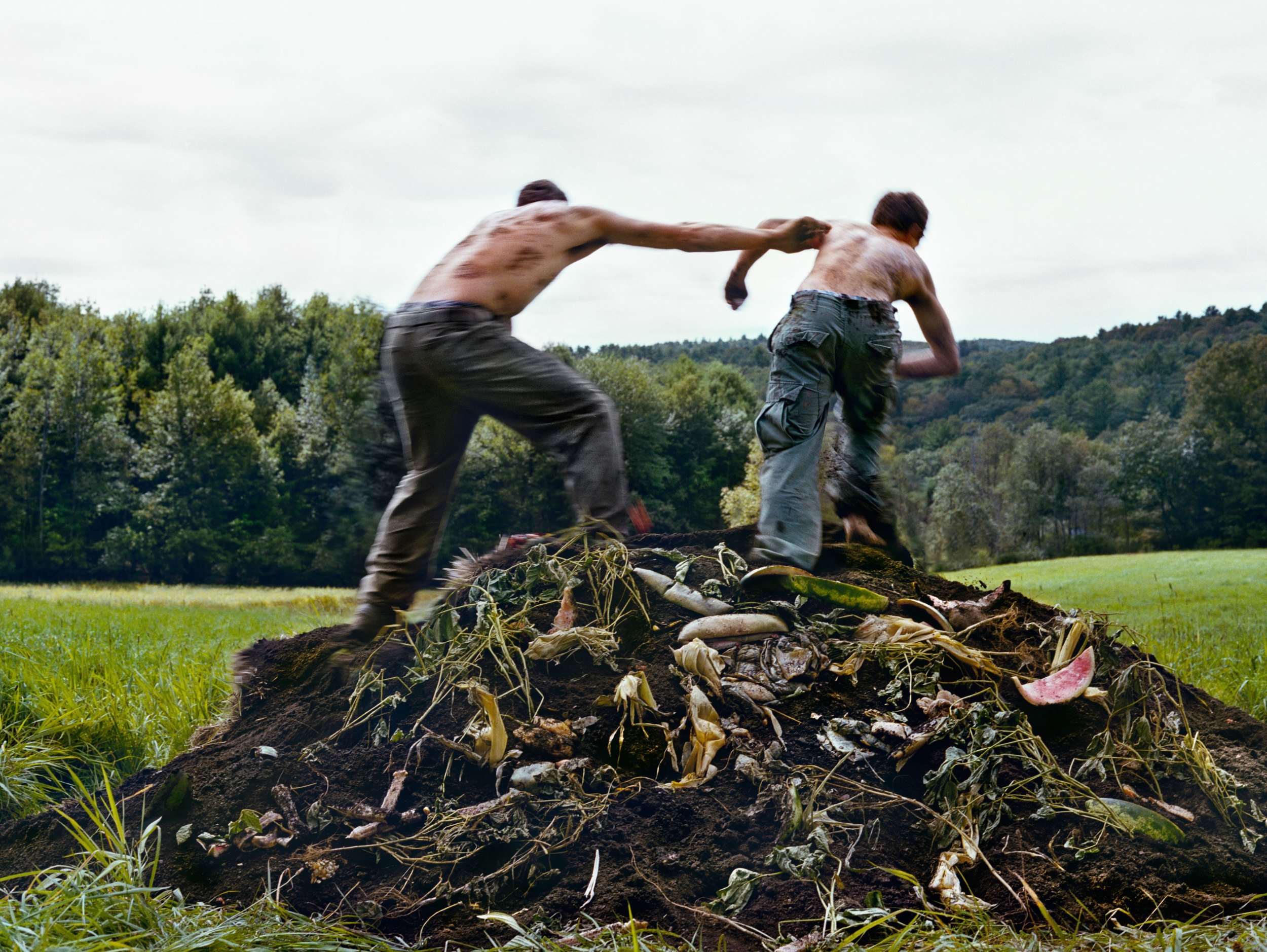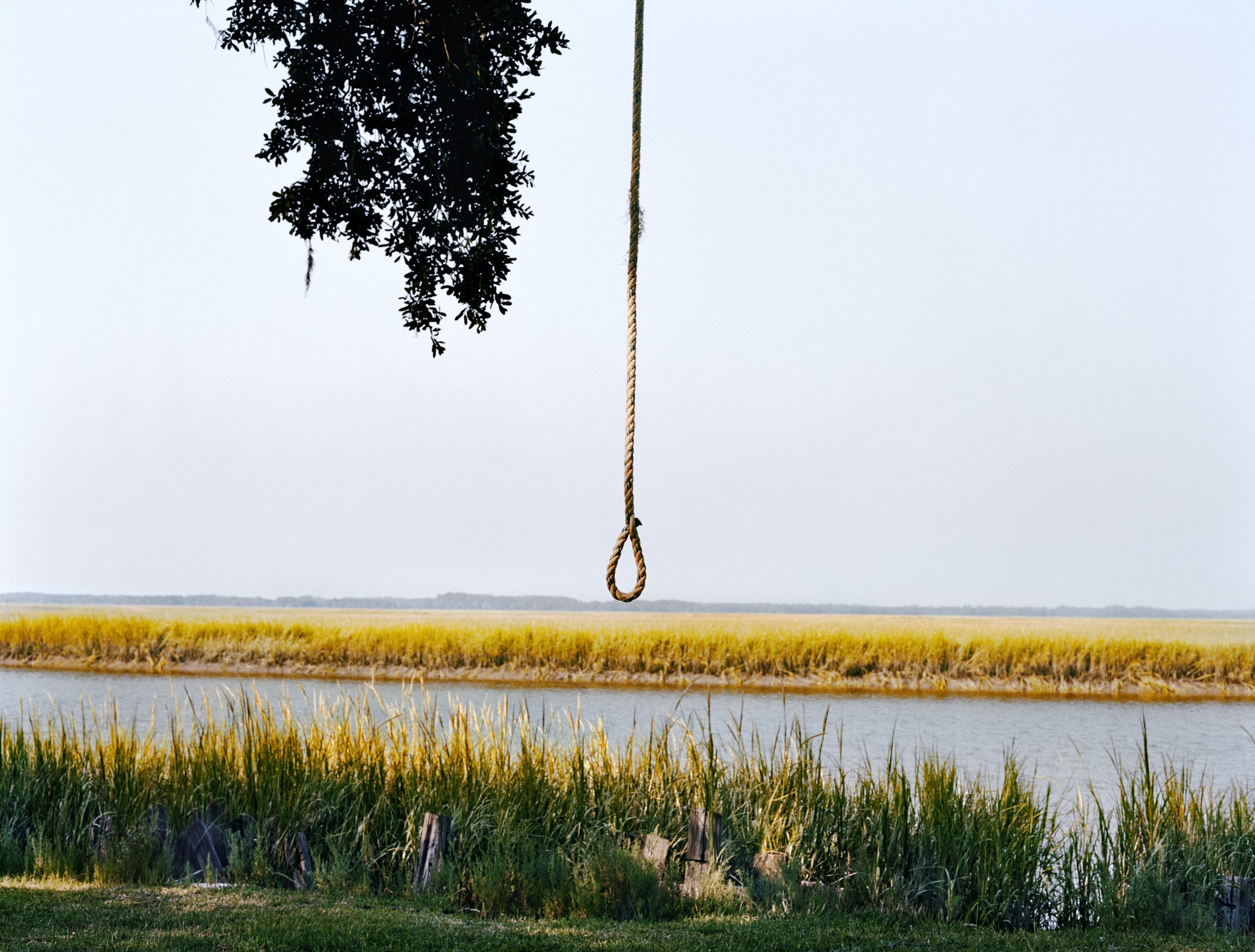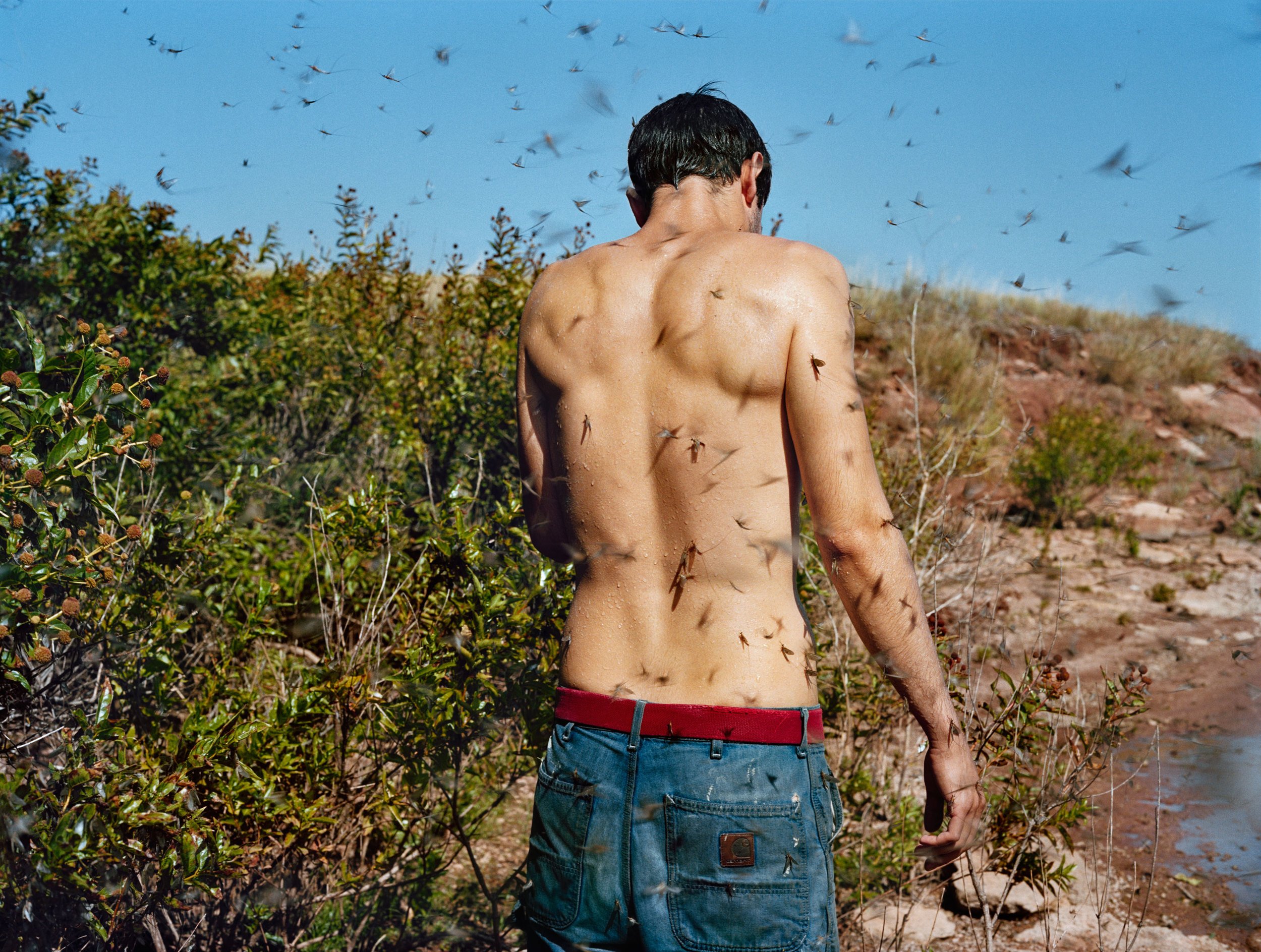Book Review: “BARE HANDED” by HOLLY LYNTON
By Keavy Handley-Byrne | September 22, 2022
Published by L’Artiere Edizione
Essays by Carl Fuldner and Terence Washington
Poetry by Elizabeth Bishop, Victoria Chang, and Madeline Poole
Softcover / 10.75 x 11.125 inches, with a printed slipcase
Bare Handed by Holly Lynton, images courtesy the artist.
Flannery O’Connor, titan that she was of the Southern Gothic genre, once wrote, “The truth does not change according to our ability to stomach it.”
This seems to be the guiding principle of Holly Lynton’s most recent book, Bare Handed. The 78 photographs within this volume take us throughout areas of the United States, each marked by agrarian and piscary labor. By contrast, Lynton’s photographs have an ease about them, despite their meticulous formal composition. Each image presents, as Terence Washington writes, the “moments between moments,” as though captured by an unseen presence there with the subjects.
The presence of biblical imagery is unmistakable in Lynton’s photographs. Entire stories and verses are contained in a single image, bolstered by the presence of others. A shepherd lays amongst her flock, her hair covered with a kerchief and her hand on a wooden crook, the long light of the day turning wool and skin alike a rosy gold; the smoke from a burning branch turns sunlight into blue crepuscular rays; a man and woman bask in the shade of a tree overhanging the Bronx river, apples and their cores strewn about the muddy banks.
Through these photographs, a kind of creation myth is set forth, and Lynton expertly plays with this romanticized, pastoral vision of American Life. Using these utopian, idealized images of the agrarian experience, she creates a dissonant conversation with images that contain a great deal of violence. Swarming insects alight on the bare skin of a man’s back, his head bowed against the beating sun; monstrous, mottled catfish are dragged from a river; opposite the Edenic couple, on the facing page, two young men fight atop a compost pile.
This image in particular – Compost, Pioneer Valley, Massachusetts – deftly draws a visual parallel between the biblical story of Cain and Abel and the American Civil War, often described as one that turned ‘brother against brother.’ This legacy of violence, and especially the racialized violence that both preceded and followed, is also contained in Bare Handed, particularly in two photographs: Hooded, Shutesbury, Massachusetts and Rope Swing, Wadmalaw Island, South Carolina. From Washington’s essay, Swinging in the American Breeze:
“By engaging in visual and cultural memory, Hooded and Rope Swing reveal skirmishes in the battle for cultural hegemony. They allow viewers to remember and imagine histories in their symbols… that not only conflict but compete with each other. … Perception alone does not provide absolution. The effect of the coincident histories in Lynton’s photographs depends on a knowledgeable viewer, one who understands how that specter of the noose haunts us.”
The truth does not change according to our ability to stomach it.
Lynton works within a visual history not only of religious artwork, but also one set forth by her photographic forebears, the photographers employed by the Farm Security Administration. There are echoes of Lange, Evans, Rothstein in these images, of the hardships of the Dust Bowl. There are moments of pure transcendence in the photographs, alongside the deep scars of racism and its legacy that remain etched on the terrain called the United States. Bare Handed traverses the moments that fall between the brutality and the divinity of the everyday, ruminating on a painful past and the possibility of the future.
